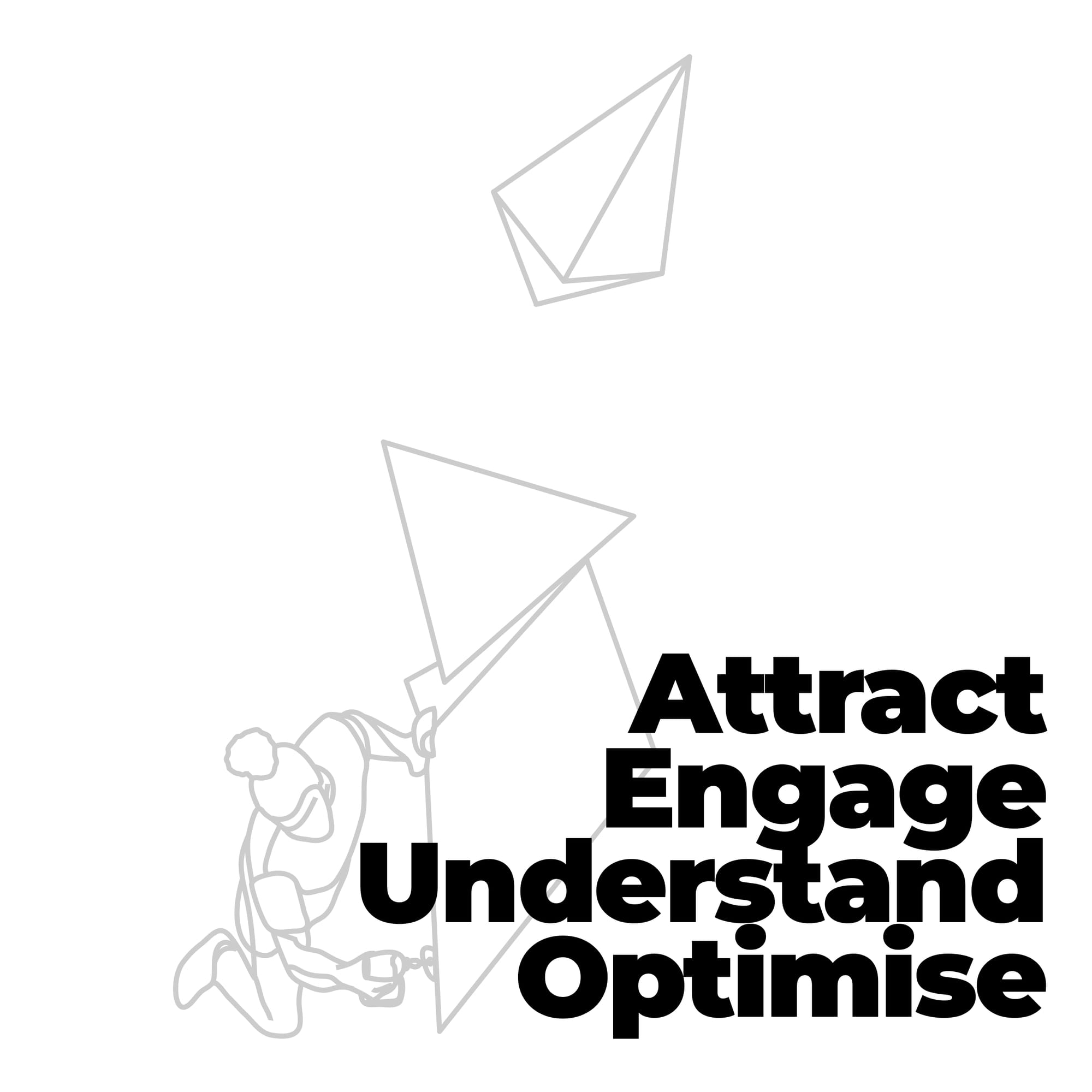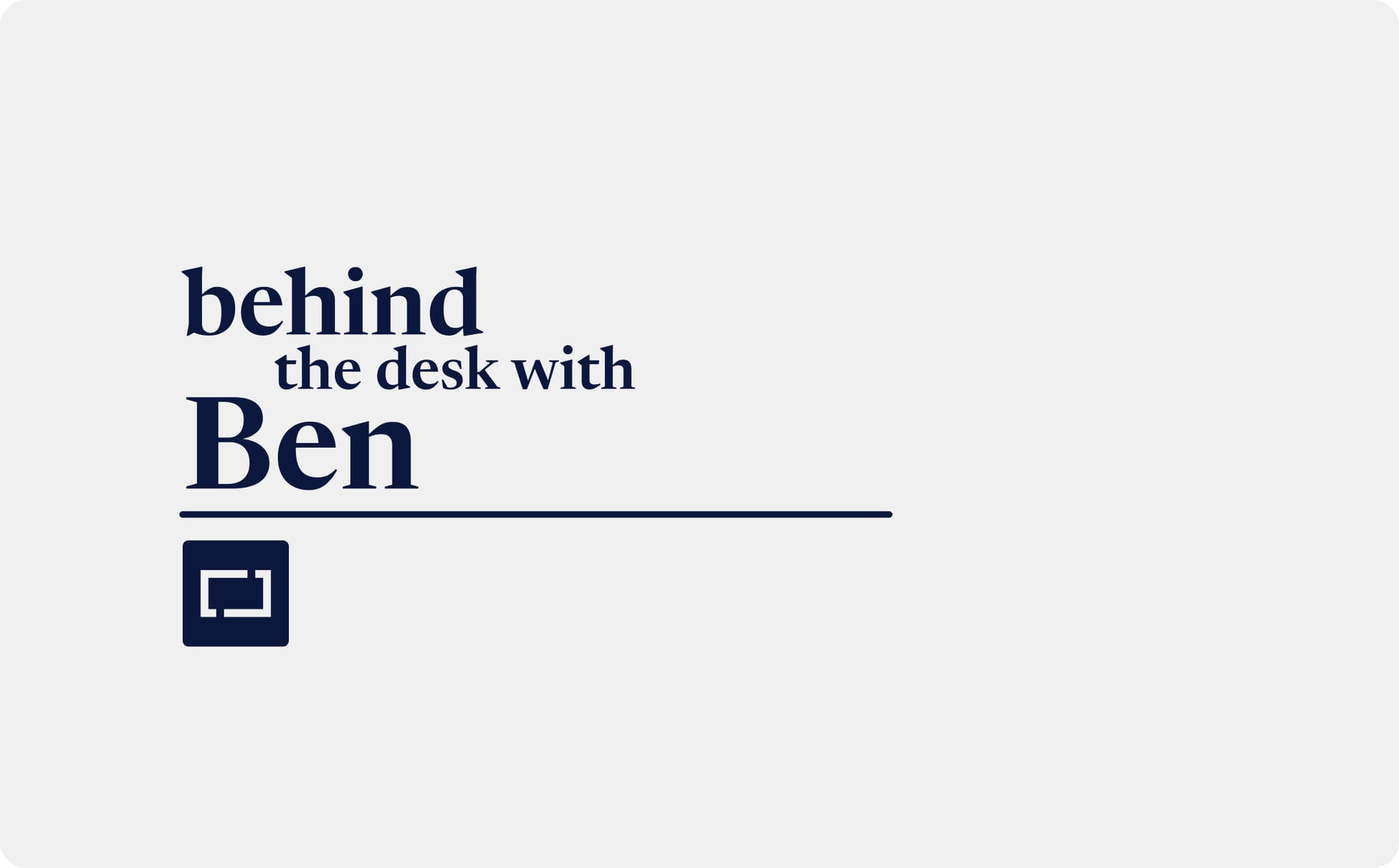
How to Grow Your Climbing Gym
Part 1 of 4: Attract
By Ben Prior
Behind the Desk with Ben
Running a climbing gym is more than just holds and plywood — it’s running a business, building a community, and keeping people coming back. And if you're like most wall owners, you’re doing it all with limited time, tight margins, and tools that don’t quite fit.
This blog series takes you behind the desk, to help you with some of what I have learnt.
1 of 4 Attract: Get new climbers in the door, track what’s working, and remove friction
2 of 4 Engage: Give them a great experience and keep them coming back
3 of 4 Understand: Use your data to uncover patterns, problems, and opportunities
4 of 4 Optimise: Build smarter campaigns that cost less and convert more
👋 I'm Ben
I run three gyms in the UK under the Social Climbing banner, and I lead sales here at BETA. I’ve lived the same headaches, and joined the mission to build software that actually understands our industry.
If you’re serious about growing your climbing gym, we think you’ll find this series useful — practical insights, real stories, and tools that actually move the needle.
Let’s get into it, or let's get chatting!
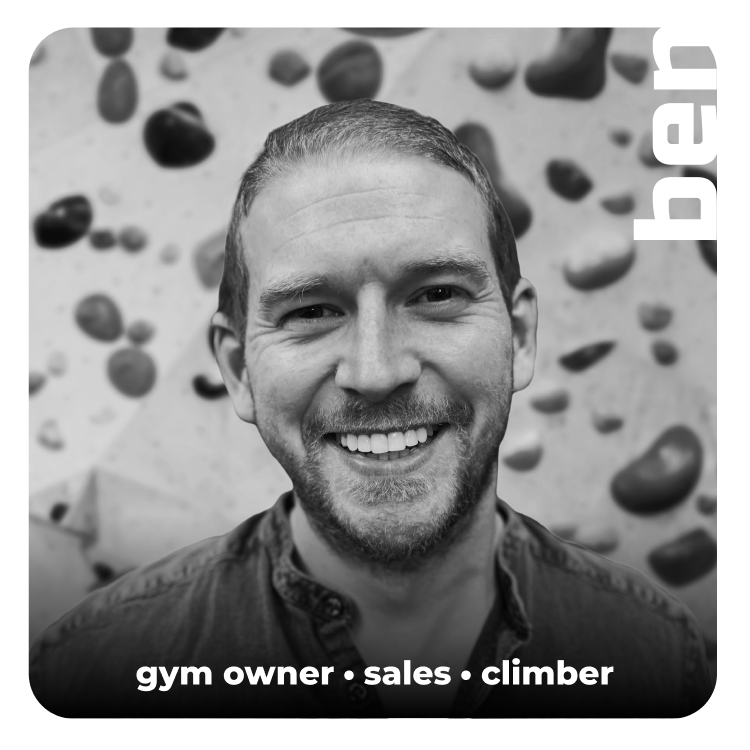
Attracting Climbers
Why Getting People in the Door Is Harder Than It Should Be
Let's be honest: climbing gyms don't sell themselves anymore. Opening weekend might be packed. But six months later? You're stuck guessing which of your ideas actually brought people in, and which ones cost you money.
We've tried it all at Social Climbing. Facebook ads. Posters at the university. Free trials. Billboard campaigns (that one was a mistake). The reality?
You Need a Plan That Works (Even If You’re Not a Marketer)
Getting new climbers through the door is one of the hardest, most expensive, and most misunderstood parts of running a climbing gym.
And if you don’t have the tools to track what’s working, you’re flying blind. Here’s a simple 3-part framework we use — in our own gyms and with our BETA clients.
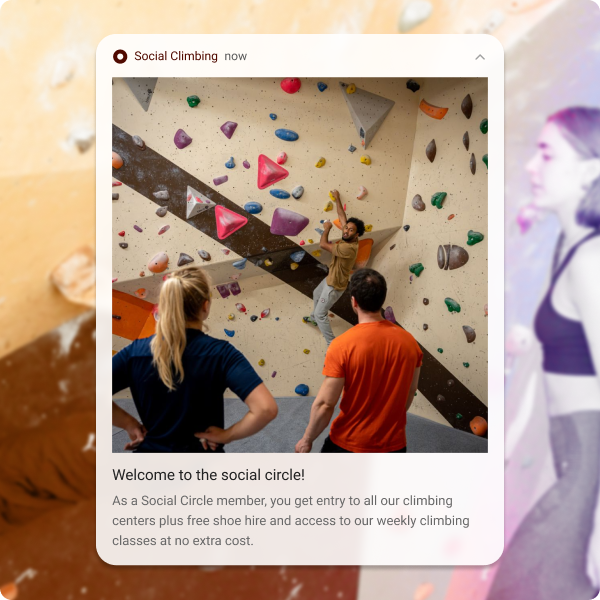
Tip #1. Get Seen
You don't need to do everything. Just pick a few lead generation channels that fit your budget and audience:
- Facebook/Instagram ads with a tight local radius
- Guest pass referrals with member incentives
- Partnerships with schools or local events
Start small, track results, and double down on what works.
Tip #2. Get Chosen
Someone clicked your ad or opened your email - now make it easy for them to say yes. This means:
- No login walls
- Clear pricing and sessions
- Mobile-friendly flows
BETA's sales widgets get someone from ad to checkout in just 4 clicks. Compare that to 10-12 clicks on most systems, and you see how big of a difference that makes.
No account creation. No friction. Just clean, fast conversion.
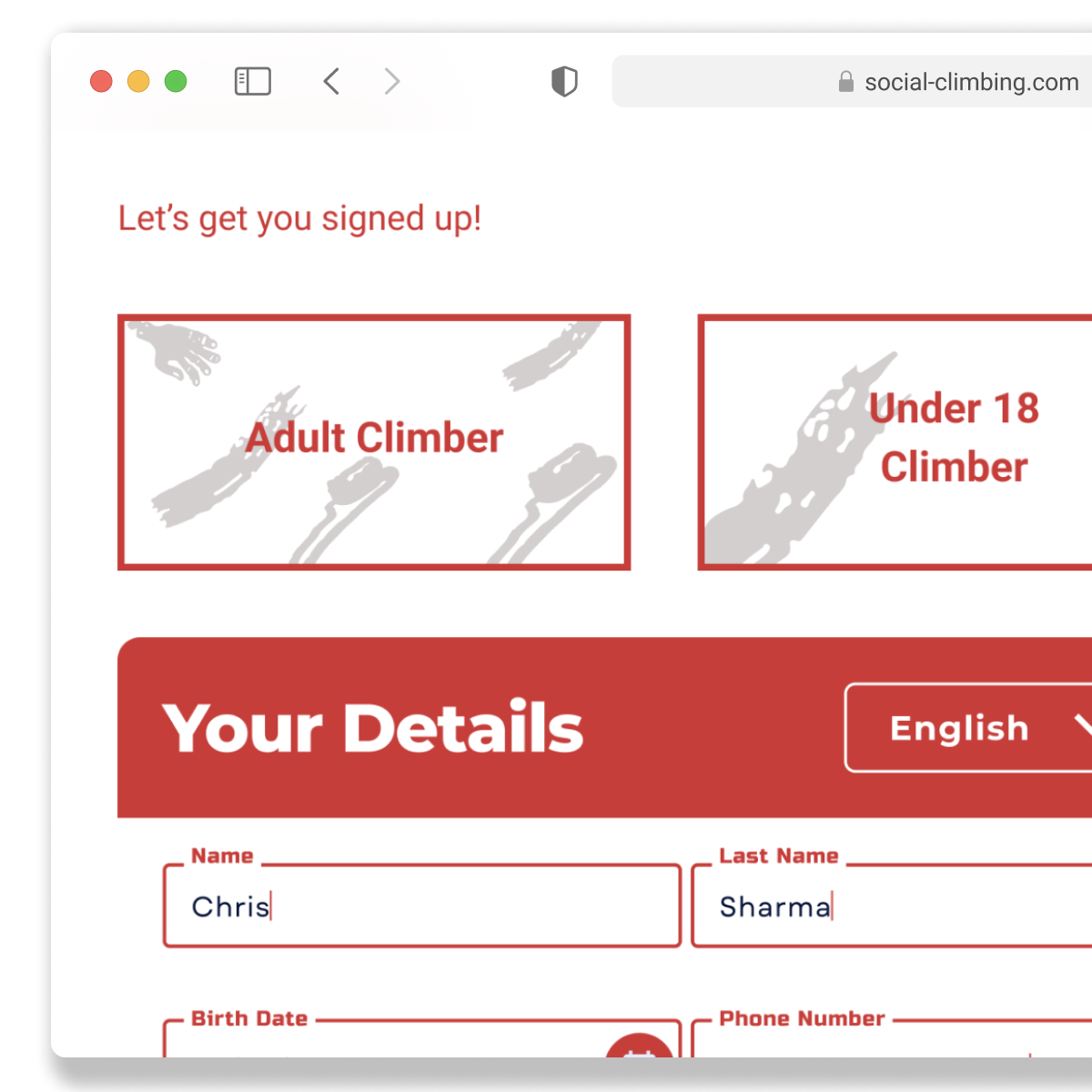
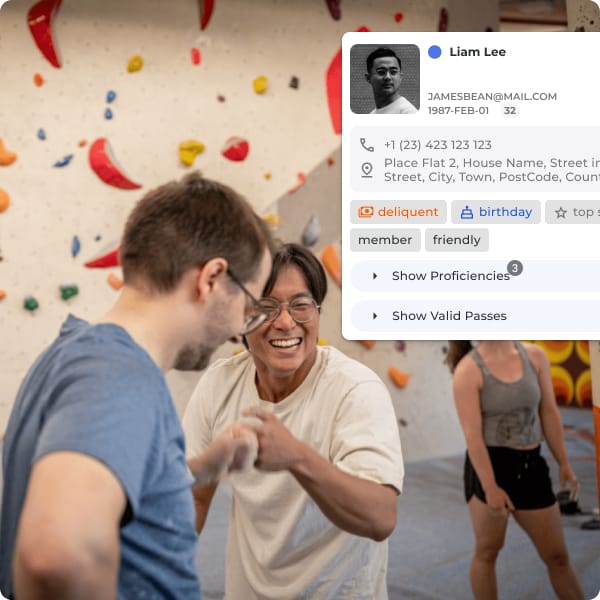
Tip #3. Get Remembered
Someone walks in. Do your team know it's their first visit? Their third? Did they come via an ad or as a guest? With BETA, they do. With BETA, we auto-tag every climber based on how they entered the business so when someone checks in, your team sees:
- Their name and photo
- Visit count
- How they first joined
- Notes from any prior interaction
Give climbers the kind of welcome that brings people back, and builds your community one smile at a time.
It means your staff can say:"Hey Alex, third visit - nice to see you back! Still chasing that purple on the back slabs?"
A Real Example from our Gym
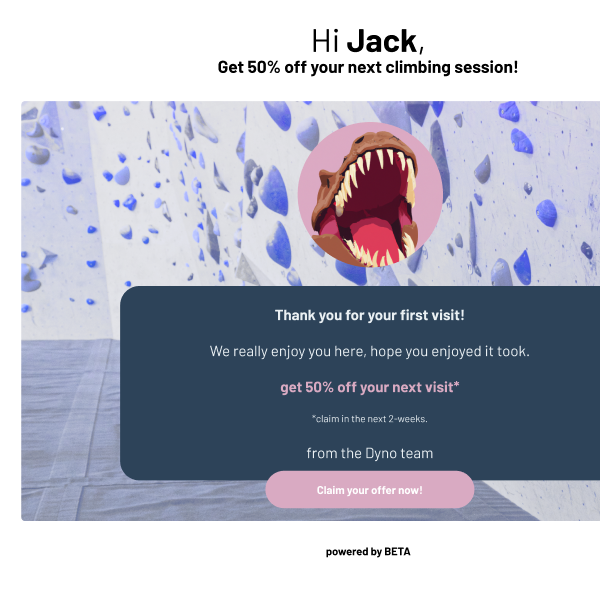
We recently ran a Facebook campaign promoting our Bouldering Experience classes, and used BETA to track every step of the funnel - from first click to return visit.
First, we connected Meta Pixel and Google Analytics 4 to our site. This let us see not just who clicked, but how far they got through our BETA-powered sales widgets - and whether they actually booked.
How did we test this?
To test what would work best, we ran multiple discount codes across different ad variations:
- Some offered "£5 off your next visit"
- Others gave "50% off" the return booking
What surprised us?
The 50% off offer won by a mile - even though some of the flat £ discounts saved people more money.
That's the kind of thing you can only learn by testing - and tracking properly. Without proper attribution, all of that would've been a black box. With BETA, we had the full picture - and could confidently scale what worked.Using BETA, we were able to:
- Track ad source website behaviour > booking > check-in
- See which discount codes converted best
- Identify which visitors came back, and what they spent next
- Calculate true ROI - not just in bookings, but long-term value

Why BETA?
Because everything is a data-point. Data should be built in - not bolted on.
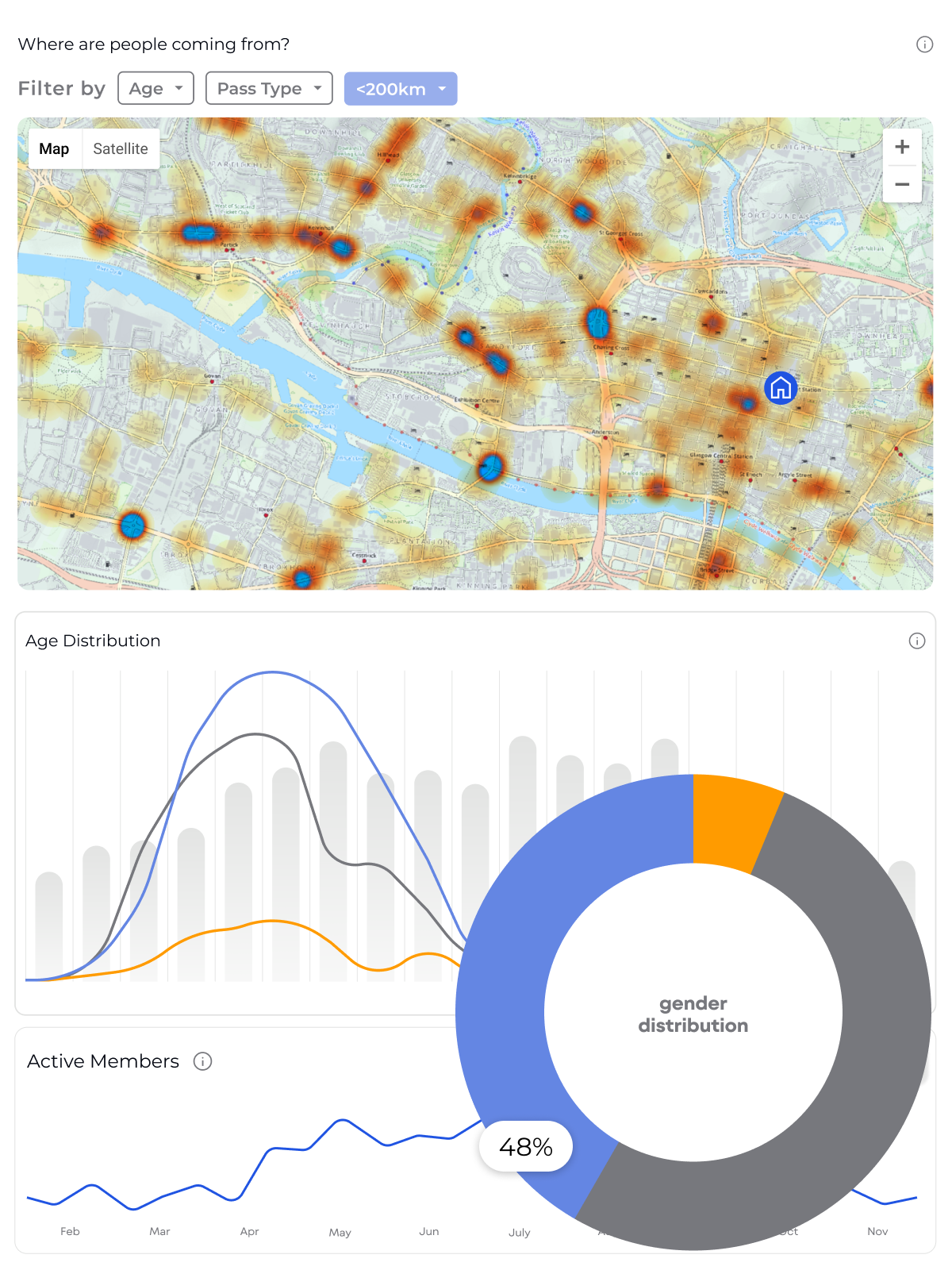
There are a few climbing-specific CRMs out there now - and that's a good thing. It means the industry's maturing. But here's the real difference:
BETA was built from the ground up to be data-first.
Every feature we've designed; from digital waivers to check-in, from booking flows to follow-up emails - is designed to capture insight, not just complete a transaction.
That means:
- You don't just sell a Day Pass you tag the customer, see how they found you, and track what happens next.
- You don't just check someone in, you see how often they've visited, what products they've bought, and whether they're trending toward churn.
- You don't just send emails, you trigger personalised automations based on real behaviour, not broad segments.
With BETA reporting is not an afterthought.
We built the entire software around reporting & insights.
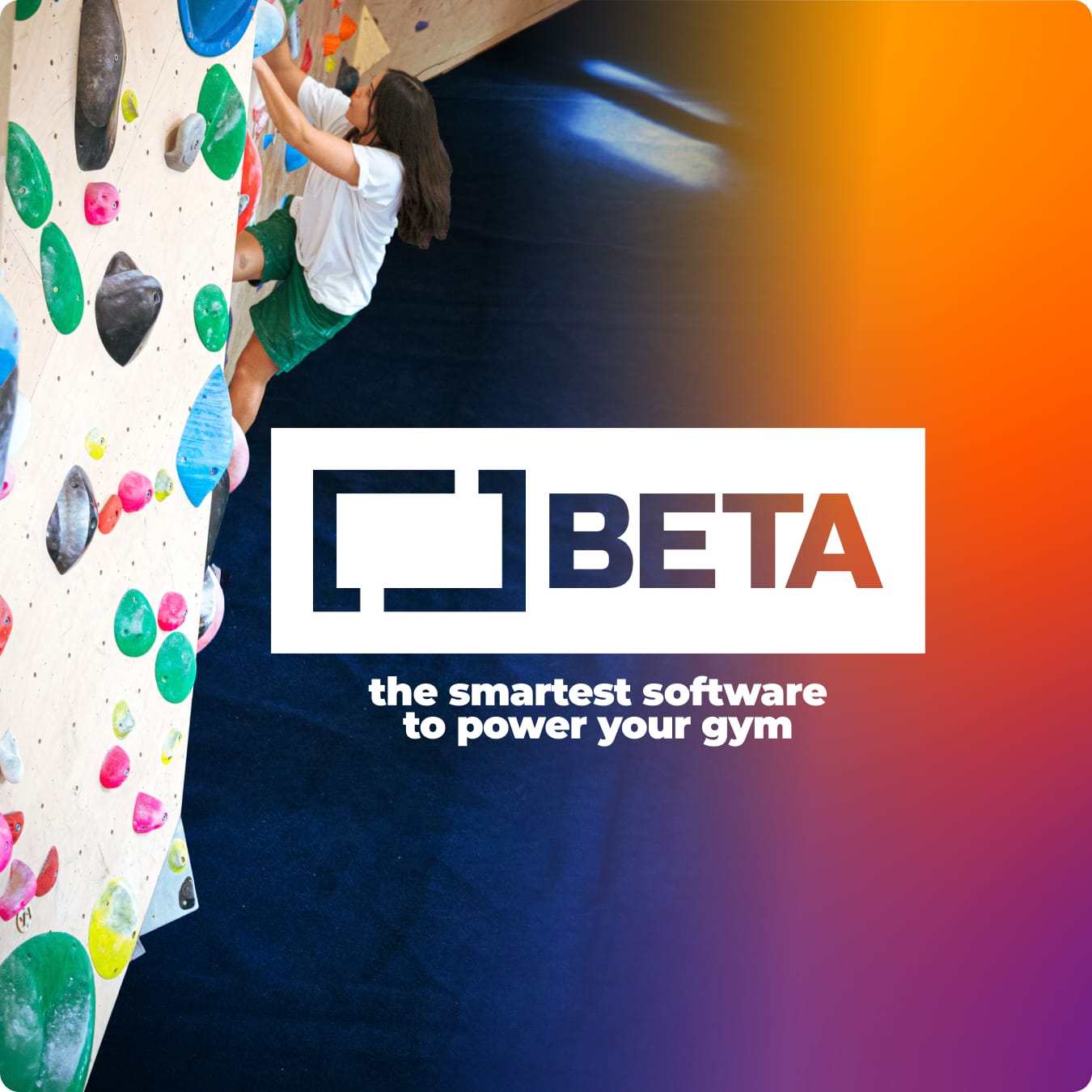
That's what makes BETA different.
It's not just gym software - it's a system that helps you actually run your business: more profitably, more intelligently, and with way less guesswork.
And because we're gym owners ourselves, we knew from day one that if it's not easy to use, it won't get used. So while the data engine is powerful, the interface stays simple. Clean dashboards. Clear tools. And support from people who've been where you are.
Let's talk
We'll show you how BETA can track your marketing ROI, improve conversions, and make life easier for your staff - all in under 30 minutes.
Book a demoWhat’s Next?
In our next post: Engage - we'll look at what happens after that second visit.
How do you make someone feel like they belong? And how do you keep them coming back without a full-time marketing team?
